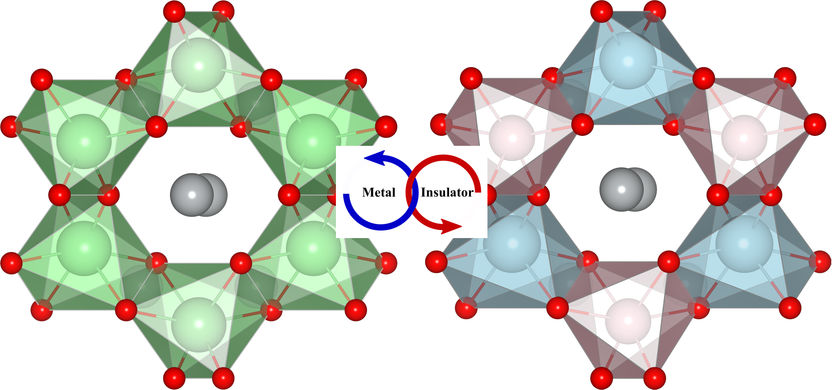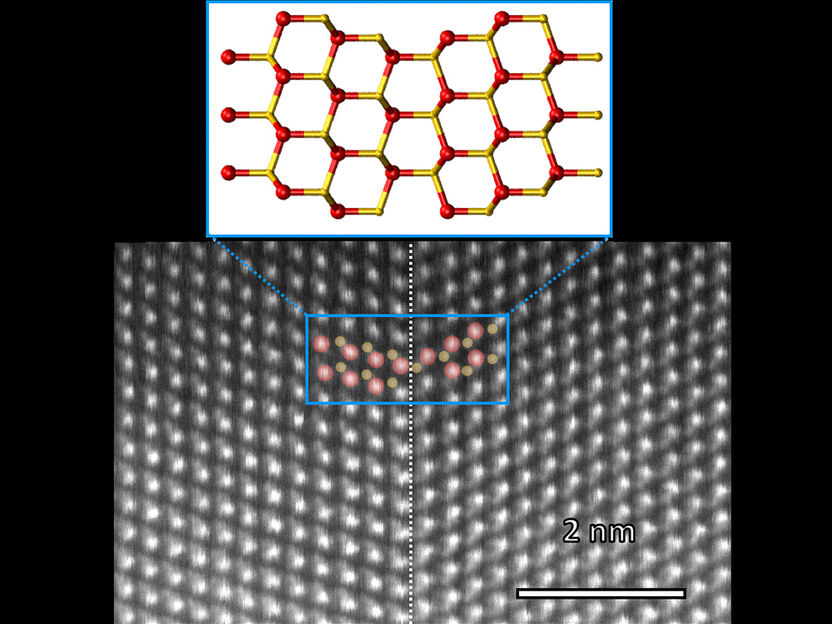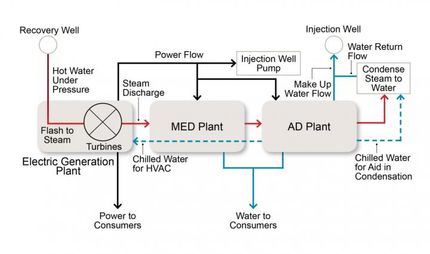Boring down on boron
High-temperature desalination technologies can efficiently reduce the concentrations of a chemical element in seawater to make it an effective substitute for fresh water. Research that has investigated how the element boron evaporates could help produce higher-quality drinking and irrigation water.
Boron is a trace mineral found in concentrations of 0.001-100 milligrams per litre in ground and surface freshwater, but in higher concentrations in seawater (averaging 4.5 mg/l). Exposure to high doses of boron can lead to abnormalities in human fetal and reproductive systems. Although boron is essential for plant growth, high concentrations in the soil can damage sensitive crops.
Countries around the world regulate how much boron is allowed in drinking and irrigation water depending on their main water source, whether fresh or sea. "Gulf Cooperation Council countries, including Saudi Arabia, have stringent standards, allowing a maximum boron concentration of 0.5mg/l in drinking water distribution systems," says Alla Alpatova, a postdoctoral fellow at KAUST. To improve boron removal during water desalination, Alpatova and her colleagues sought to understand what happens when seawater undergoes one of two currently used temperature-related desalination processes.
Multi-stage flash (MSF) is a desalination technology that involves heating water and condensing the resulting vapor through incremental stages. Air-gap membrane distillation (AGMD) involves the transport of water vapor through a membrane to be cooled and condensed on the other side. To find out how the various components of seawater affected boron removal, the team compared what happened to seawater and to a solution of boric acid when they were processed through these two technologies.
They found that boron begins to evaporate from solution at a temperature of around 55°C. As the temperature applied to the systems increased, the amount of boron evaporated from seawater also increased. "But even though boron is volatile at high temperatures, both desalination technologies were effective in reducing its concentrations in desalinated water to below the Saudi standard of 0.5mg/l, even at seawater temperatures exceeding 100°C," says Alpatova.
The results show the potential of these technologies for reducing the concentrations of hazardous contaminants in seawater. Understanding how they affect boron evaporation and removal could help improve these methods. The fate of other volatile chemicals in seawater also needs to be investigated, adds Alpatova.
The team is now working on a pilot-scale membrane distillation setup to optimize the system's design and cost efficiency. They will collaborate with industrial partners to test it at a large scale under real desalination conditions.
Original publication
A.Alpatova, A.Alsaadi, N.Ghaffour; "Boron evaporation in thermally-driven seawater desalination: Effect of temperature and operating conditions"; J Hazardous Materials; 2018
Original publication
A.Alpatova, A.Alsaadi, N.Ghaffour; "Boron evaporation in thermally-driven seawater desalination: Effect of temperature and operating conditions"; J Hazardous Materials; 2018
Topics
Organizations
Other news from the department science

Get the chemical industry in your inbox
By submitting this form you agree that LUMITOS AG will send you the newsletter(s) selected above by email. Your data will not be passed on to third parties. Your data will be stored and processed in accordance with our data protection regulations. LUMITOS may contact you by email for the purpose of advertising or market and opinion surveys. You can revoke your consent at any time without giving reasons to LUMITOS AG, Ernst-Augustin-Str. 2, 12489 Berlin, Germany or by e-mail at revoke@lumitos.com with effect for the future. In addition, each email contains a link to unsubscribe from the corresponding newsletter.
Most read news
More news from our other portals
Last viewed contents

The Schrödinger equation as a Quantum clock - Researchers succeed in controlling multiple quantum interactions in a realistic material
Unichem
LGC announces plans to expand forensic services with new facilities to be created in Runcorn, Cheshire
Carnelian_beads
Devgen nv and Dogal A.S. receive regulatory approval for Devgen's nematicide product in Turkey
WACKER to Build New Production Facilities for Dispersions and Polymer Powders in South Korea
European Commission Statement of Objections - Ciba Inc. confirms that it has received a Statement of Objections from the European Commission
LGC and AKOS combine to offer expanded drug development services
European_Gemological_Laboratory_(USA)
BASF raises prices for Neopentylglycol and Trimethylolpropane




























































